
PUMPA - SMART LEARNING
எங்கள் ஆசிரியர்களுடன் 1-ஆன்-1 ஆலோசனை நேரத்தைப் பெறுங்கள். டாப்பர் ஆவதற்கு நாங்கள் பயிற்சி அளிப்போம்
Book Free DemoThe methods through which waste management is done includes:
1. Preventing and minimising waste disposal:
People should be aware of waste management responsibilities, and efforts to reduce waste disposal must be supported. It is essential to encourage people to use recycled products.
1. Preventing and minimising waste disposal:
People should be aware of waste management responsibilities, and efforts to reduce waste disposal must be supported. It is essential to encourage people to use recycled products.

Recycled tyre to a pouch
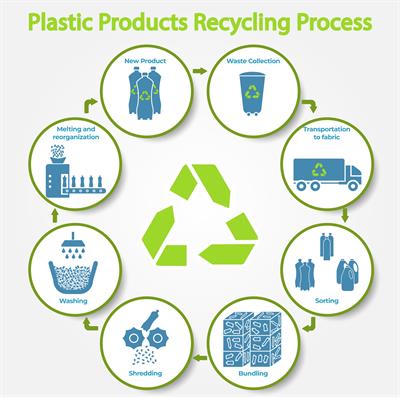
Process of recycling of plastic
2. Recovering energy from waste material:
Different ways have been developed to convert waste materials into energy that may be utilised for cooking, heating, and providing power to various machinery.
3. Biological reprocessing:
Biodegradable waste can be transformed into compost and used as manures by burying it in compost pits or bins. The process is called composting.
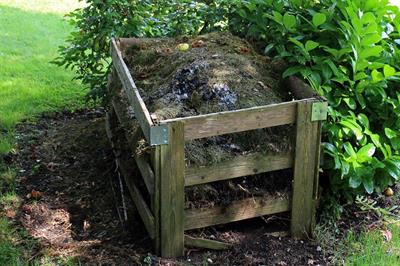
Organic waste turned into compost
When earthworms act on the organic wastes to degrade them, the process is called vermicomposting.
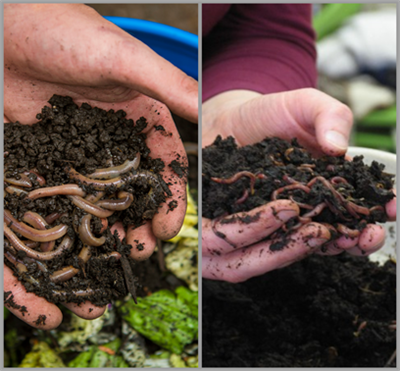
Vermicompost
4. Sanitary landfill:
A landfill is a process of disposing waste by dumping it in low-lying areas of the ground and covering it with the earth.
Once the landfill is full, it is converted to parks, gardens, or playgrounds, as no building can be constructed for approximately \(20 \ years\) on top of it.
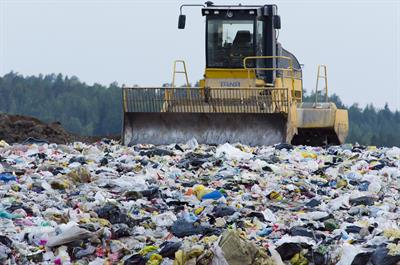
Landfill
5. Incineration:
"Incineration" refers to the process of converting a substance to ash by burning it at a very high temperature (greater than \(1000°C\)).
Incineration takes place in a furnace known as an incinerator. All the organic matter present in the waste is eliminated as carbon dioxide and water. The ash that remains is periodically removed and disposed of at a landfill.
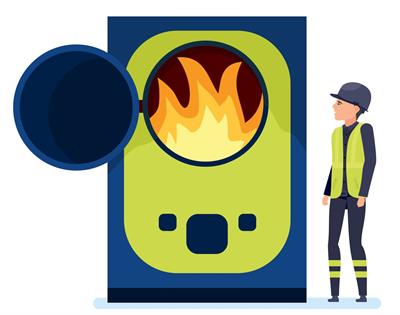
Incinerator
6. Sewage treatment:
Sewage treatment is the final step in returning used water to the environment. There are three stages of sewage treatment: primary, secondary, and tertiary. The solids are first separated from the wastewater. The dissolved biological matter is slowly converted into a solid mass using water-borne bacteria.
Finally, the biological solids are then neutralised before being disposed of or reduced. The treated water is chemically disinfected. The final effluent obtained is discharged into a stream or water body or used for irrigation.
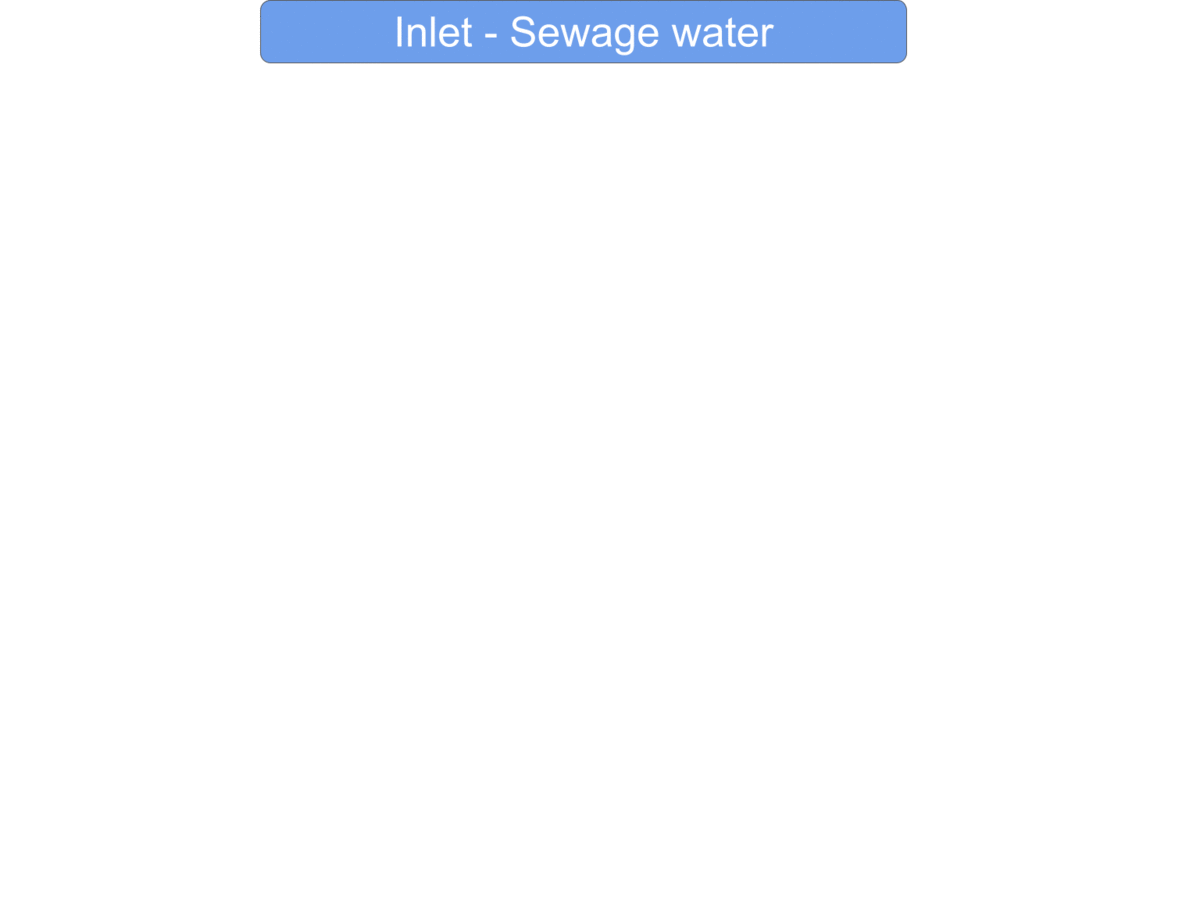
Sewage treatment process
7. Bioremediation:
Bioremediation is a clean-up technology that is rapidly evolving. Some naturally occurring bacteria and other microbes can break down, absorb, and detoxify pollutants such as hydrocarbons and heavy metals. Many plant materials have been successfully used as adsorbents for xenobiotics.
7. Bioremediation:
Bioremediation is a clean-up technology that is rapidly evolving.
Bioremediation is the process of cleaning the environment using biological options such as microorganisms and plants.
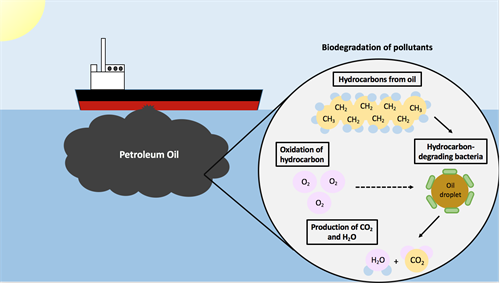
Biodegradation of pollutants
Reference:
https://www.flickr.com/photos/wheatfields/1636049274
https://www.flickr.com/photos/cafnr/14498892739
https://commons.wikimedia.org/wiki/File:Biodegradation_of_Pollutants.png
https://www.flickr.com/photos/cafnr/14498892739
https://commons.wikimedia.org/wiki/File:Biodegradation_of_Pollutants.png